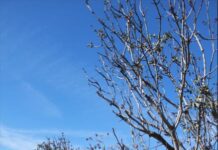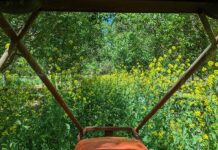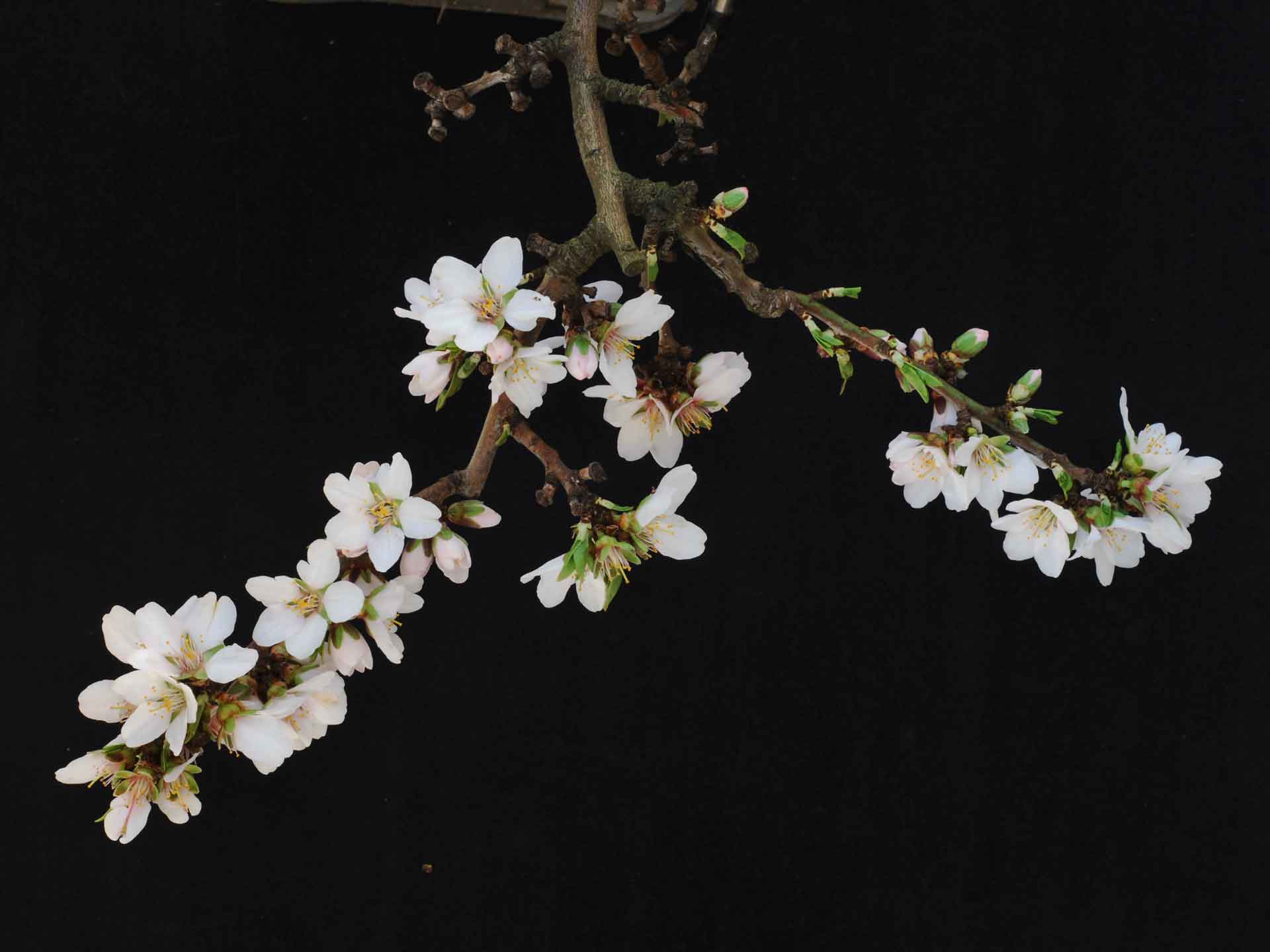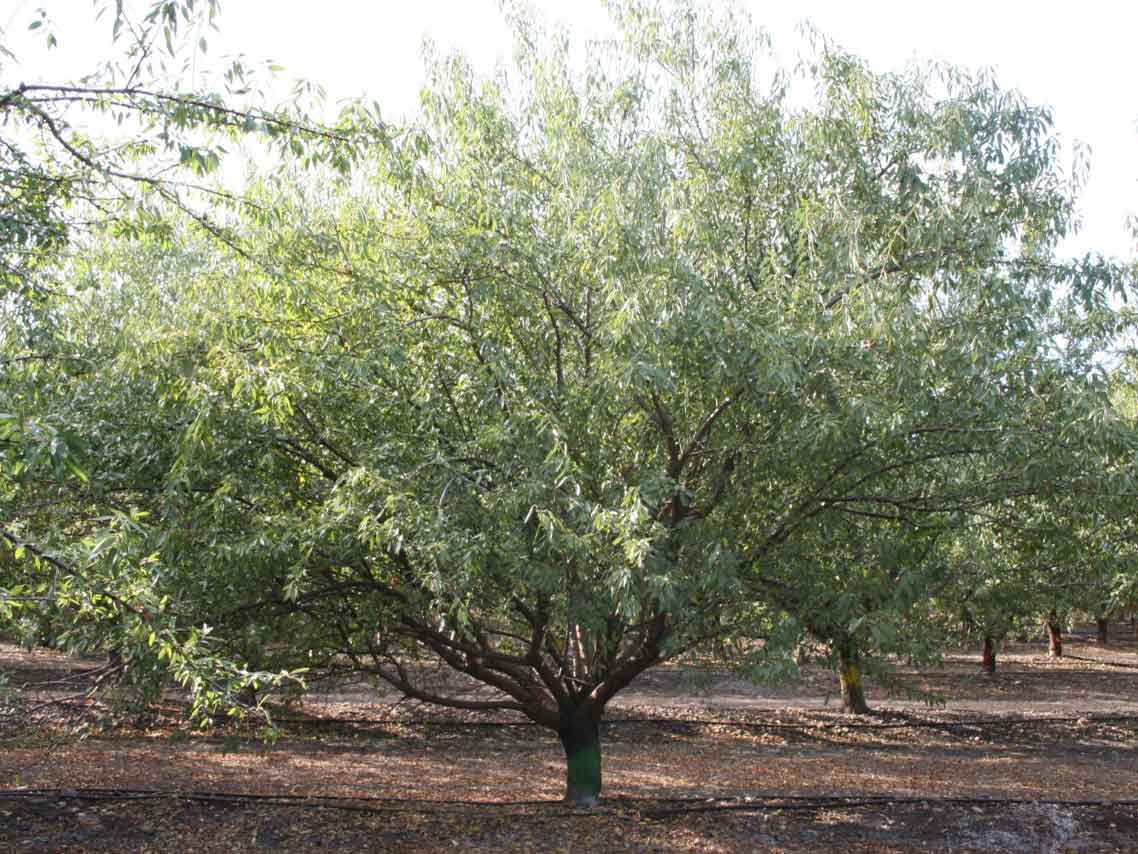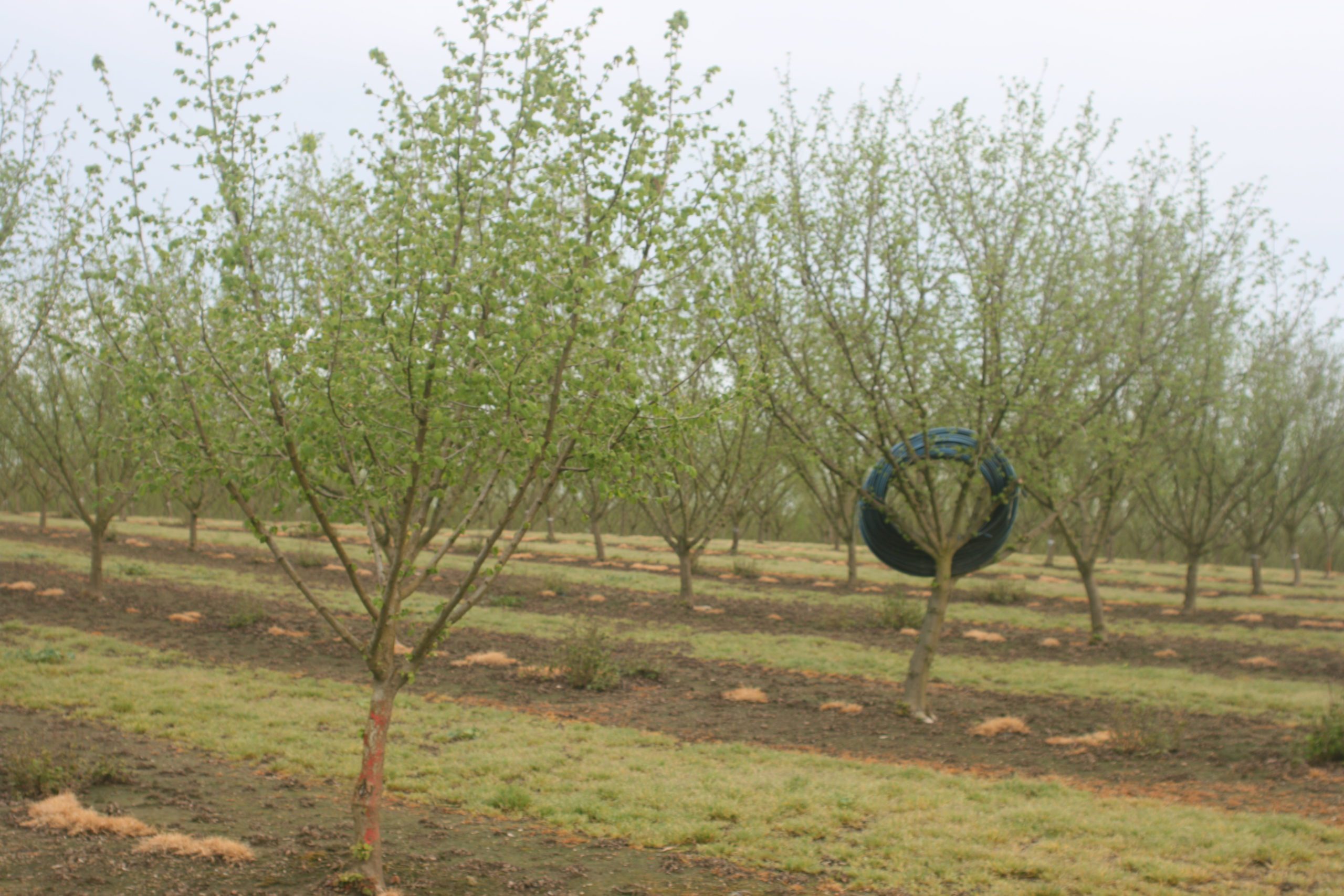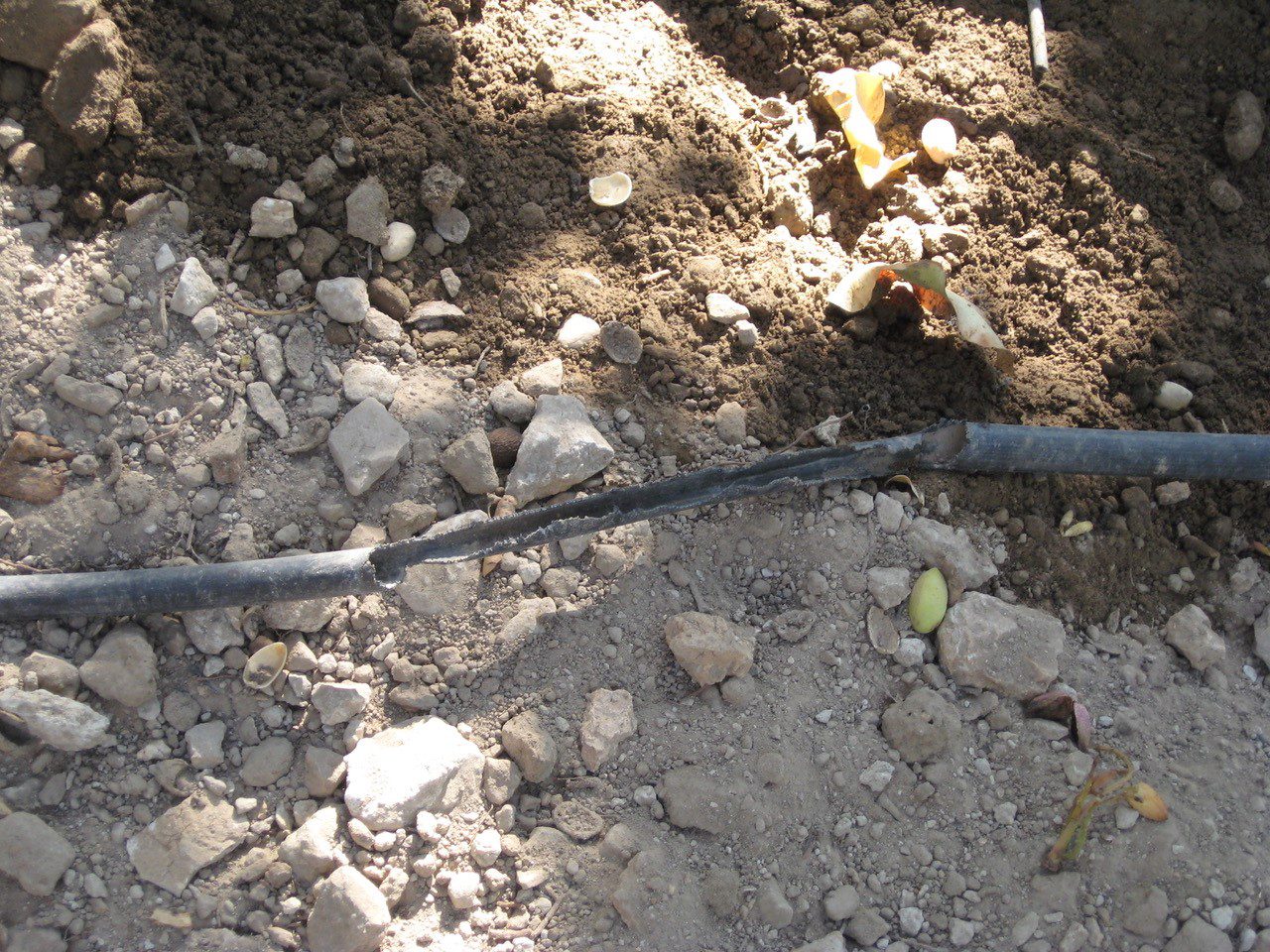
Understanding the biology and ecology of vertebrate pests will guide management decisions.
In a UC IPM webinar, Dr. Niamh Quinn, UCCE Human-Wildlife Interactions Advisor at the South Coast Research and Education Center, noted that the ground squirrel and Belted ground squirrel were the two main squirrel species in California that were pests in agriculture including tree nut crops.
The ground squirrel was likely to be the more prevalent of the two in Central California where it not only eats tree nuts, but also girdles trees, chews irrigation lines and creates problems with burrows in orchards. Knowing which species is affecting your orchard is important, Quinn said, as it makes a difference with management options.
Quinn said an integrated approach to control will be the most successful as a range of strategies and tools may have more of an impact on squirrel populations.
Seasonal changes in squirrel behavior should be taken into consideration when choosing control options.
Ground squirrels’ diet in the early part of the year consists of green plants and then transitions to seeds in mid-May. Fumigation as a control measure works when soils are moist, while toxic baits are best used from May to October. Other squirrel control measures, including trapping, burrow modification, shooting, habitat modification, biocontrol, exclusion and repellants are listed as having moderate to low efficacy.
The two commonly used rodenticides in agriculture are restricted-use and require multiple feedings to reduce squirrel populations. Failure to use the baits as directed, Quinn said, can cause chemical resistance, meaning the squirrels will eat the bait and not die. Behavioral resistance and bait shyness can also occur when baits are not used as directed.
Quinn said research done by Roger Baldwin at UC Davis has shown low toxicity risk as the majority of ground squirrels that are poisoned with the toxic baits remain underground where they cannot be scavenged.
The acute toxicant, zinc phosphide is also very effective in control, but is a restricted use material. Aluminum phosphide has a 97% to 100% efficiency but is also a restricted use material and can only be used in orchards or fields.

Cecilia Parsons
Cecilia Parsons has lived in the Central Valley community of Ducor since 1976, covering agriculture for numerous agricultural publications over the years. She has found and nurtured many wonderful and helpful contacts in the ag community, including the UCCE advisors, allowing for news coverage that focuses on the basics of food production.
She is always on the search for new ag topics that can help growers and processors in the San Joaquin Valley improve their bottom line.
In her free time, Cecilia rides her horse, Holly in ranch versatility shows and raises registered Shetland sheep which she exhibits at county and state fairs during the summer.








